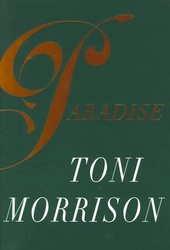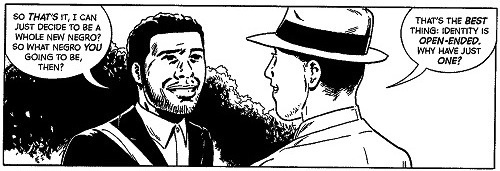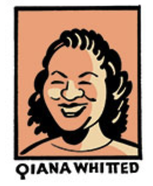 Originally posted at Pencil Panel Page. Earlier this week, in a review of African American Classics, the latest volume from the Graphic Classics series, I made this claim about comics adaptations of African American literature: These “graphic” adaptations elevate the visual field of representation in ways that should remind us that literary expressions of African American experience have always been deeply entrenched in the realm of social perception, spectacle, and visibility. The works were originally written to counter claims that the entire character of a people could be arbitrarily determined by what is seen, from skin color to physiognomy to a so-called drop of Negro-stained blood. African American Classics, then, returns the counter-argument of its featured stories to their visual origins and exposes the absurdity of race prejudice in a way that only a comic can. This assertion about the fundamentally visual nature of black literary and cultural production is one that I think deserves more attention in the field of comics studies. But lately I’ve been thinking about ways to experiment with this claim, and about how the profound explorations of racial constructs by a writer like Toni Morrison may offering a thrilling exception to the rule. “They shoot the white girl first,” is the opening line of Morrison’s 1998 novel, Paradise. The first chapter details the murder of five female outcasts living on the outskirts of a small town in Oklahoma during the 1970s and the remainder of the novel details why. What we are never told, however, is which one of the women is white; the group is made up primarily of black women and it is clear that race matters in their relationships, but this aspect of their identity is subsumed in a collective alienation that is based on all sorts of conflicting assumptions about their gender and sexuality, their political commitments and morals. Morrison has tested readers like this before in her 1993 short story, “Recitatif.” The tale follows the lives of two women of different races named Roberta and Twyla who met as foster children in upstate New York. We learn a little about each of the women during their chance encounters over the years as Roberta acquires wealth and status, and Twyla lives in a working class neighborhood with her extended family. But when it comes to their race, Morrison leaves us floundering again, gathering self-incriminating clues from the carefully crafted character descriptions and own cultural assumptions about their thoughts and behavior. (It is not that the women look visibly similar; their racial identity is evident to everyone except the reader.) Twyla’s mother was an exotic dancer; Roberta had “huge hair” during the 1960s; Twyla believes the public schools in their town should be integrated, but Roberta doesn’t. Race and class tensions intersect as they become mothers themselves and at one point, when they run into each other at the supermarket, Twyla thinks:
I placed the groceries and kept myself from glancing around to check Roberta's progress. I remembered Howard Johnson's and looking for a chance to speak only to be greeted with a stingy "wow." But she was waiting for me and her huge hair was sleek now, smooth around a small, nicely shaped head. Shoes, dress, everything lovely and summery and rich. I was dying to know what happened to her, how she got from Jimi Hendrix to Annandale, a neighborhood full of doctors and IBM executives. Easy, I thought. Everything is so easy for them. They think they own the world. Graphic novels like Mat Johnson and Warren Pleece’s Incognegro have addressed social phenomena like “passing” by illustrating bi-racial characters that appear to be white, but how might a comic book tackle one of these Morrison stories? I am convinced that comics can be used to tell any kind of tale, but perhaps Paradise and “Recitatif” are truly bound by their medium. How can stories that rely so deeply on faulty visual assumptions about race and social identity be visualized? Comments are closed.
|
AboutAn archive of my online writing on comics, literature, and culture. (Illustration above by Seth!) Categories
All
Archives
July 2020
|


 RSS Feed
RSS Feed